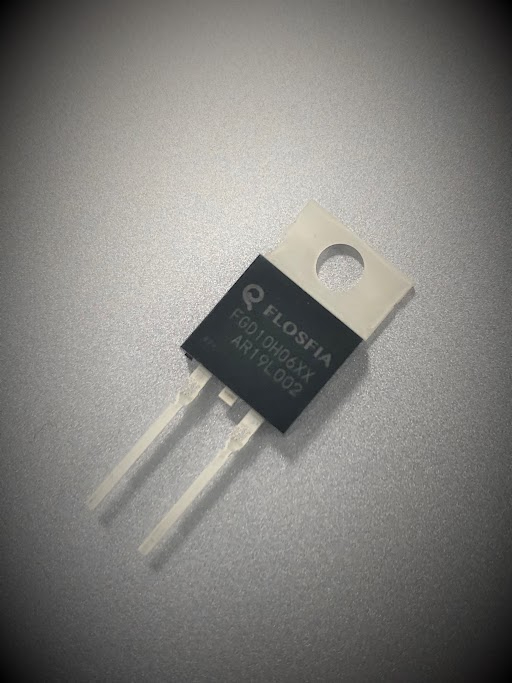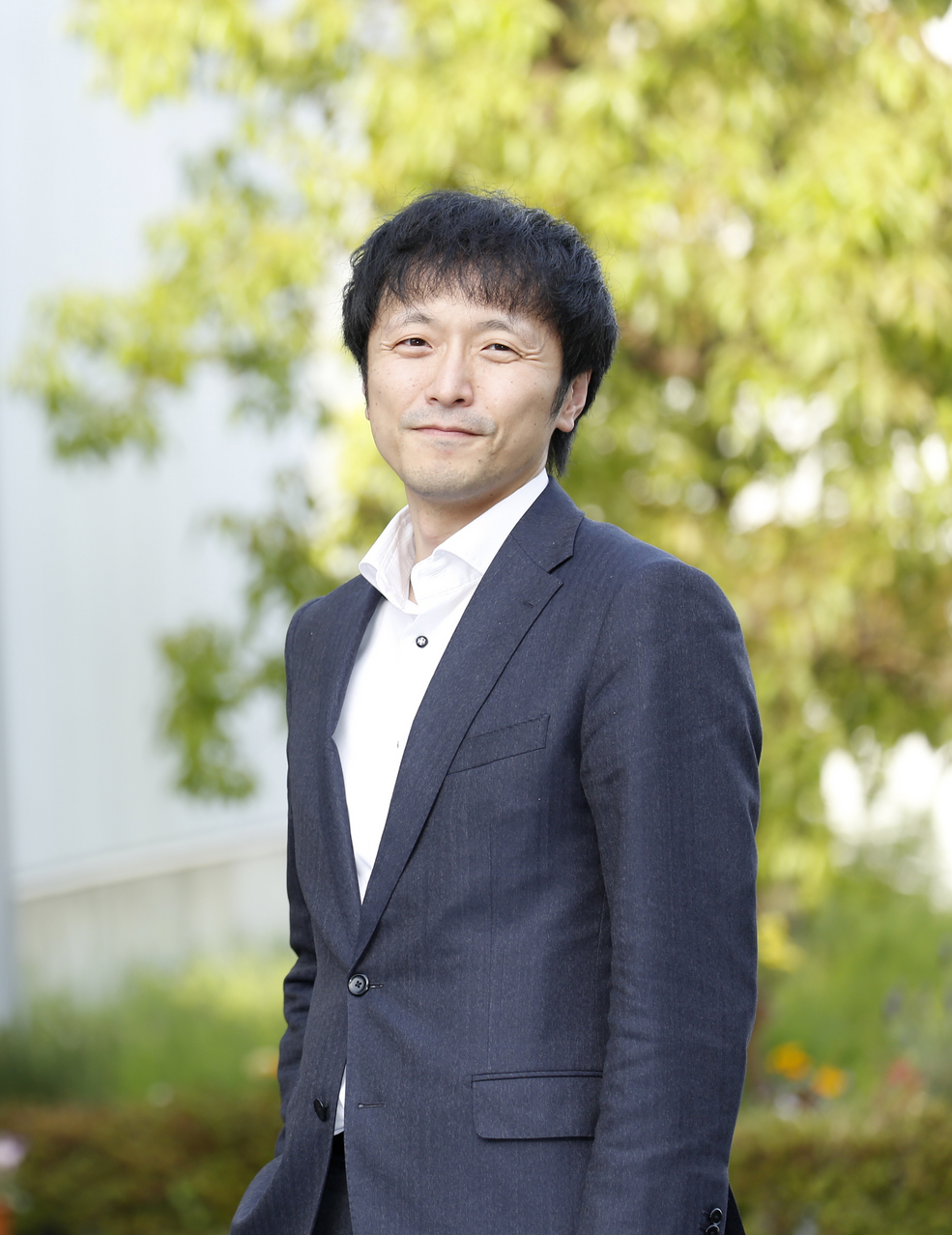J-STORIES - Power semiconductors are semiconductors designed to handle high currents and voltages and are used in many different modern electric devices, including smartphones, PCs, electric vehicles, and equipment for solar panel electricity generation. Traditionally, they have been made from the widely used raw material silicon, but Japanese researchers are now working on the mass production of power semiconductors made from gallium oxide, a cutting-edge material with the potential to vastly exceed the performance of silicon.
One of the leaders in this field, on which the future of the semiconductor industry is said to depend, is Flosfia, a startup from Kyoto University founded in March 2011. The company has a plant and development department near the institution’s Katsura campus, a new research and education center for technology and science.
Current Flosfia president Toshimi Hitora joined the company in 2012, converted its previous business of desalination filtration membrane technology to developing power semiconductors. These components must withstand high current and voltage, while also reducing power consumption as much as possible (i.e., “low power loss”.) Traditionally, silicon is the main material used to make these devices and key to making them smaller and more power efficient, but next-generation materials such as silicon carbide and gallium nitride are also making inroads.
According to the company, gallium oxide is a material that offers even higher performance. It has an extremely hard “corundum” crystal structure, similar to rubies and sapphires, and the company estimates that its low power loss is 7,000 times better than that of silicon and 20 times that of silicon carbide. What’s more, Hitora told J-Stories that gallium nitride power semiconductors can be produced at one-fifth to one-tenth the cost of silicon carbide and gallium nitride equivalents.

This is in part thanks to a “mist CVD” method, conceived at Kyoto University then developed by Flosfia. A thin film of metal is deposited at the atomic level, bringing down new-material semiconductor costs close to that of silicon. Flosfia is joined in its research and development of gallium oxide power semiconductors by companies, universities, and research institutions that include the startup Novel Crystal Technology in Saitama Prefecture near Tokyo. Anticipating the potential of the new technology, investment has also come from companies such as Denso, an auto parts manufacturer, Yaskawa Electric, an industrial robot manufacturer, and Daikin Industries, well-known for its air conditioners.

Flosfia’s gallium oxide semiconductors have already met all industry criteria for reliability, with the next step mass production. The company hopes to produce 1 million units per month. To date, the company has applied for around 700 patents and been granted over 200. It has also raised around 4.2 billion yen in funds, enabling it to increase its staff to 60.
The company’s name Flosfia is a combination of the ancient Greek for knowledge, “sophia” and the English word flow. Hitora told of his hope that this “flow of knowledge” will enable the company to keep refining semiconductor performance and increase its product range.
Translation by Tony McNicol
Top page photo by FLOSFIA
For inquiries about this article, please contact jstories@pacficbridge.jp
***
Click here for the Japanese version of the article.

![[Podcast] Japanese technology to supercharge human fertility (Part 4)](https://storage.googleapis.com/jstories-cms.appspot.com/images/1768443226894unnamed-5_smallthumbnail.jpg)

![[Podcast] Japanese technology to supercharge human fertility (Part 3)](https://storage.googleapis.com/jstories-cms.appspot.com/images/1766558713084place-for-scientific-research-2025-03-07-14-08-49-utc%20(1)_smallthumbnail.jpeg)

![[Podcast] Japanese technology to supercharge human fertility (Part 4)](https://storage.googleapis.com/jstories-cms.appspot.com/images/1768443226894unnamed-5_bigthumbnail.jpg)

![[Podcast] Japanese technology to supercharge human fertility (Part 3)](https://storage.googleapis.com/jstories-cms.appspot.com/images/1766558713084place-for-scientific-research-2025-03-07-14-08-49-utc%20(1)_bigthumbnail.jpeg)
![[Interview: Part 2] A digital approach to tackle child hunger in Japan with dignity](https://storage.googleapis.com/jstories-cms.appspot.com/images/1766130666509unnamed_bigthumbnail.jpg)
![[Podcast] Japanese technology to supercharge human fertility (Part 2)](https://storage.googleapis.com/jstories-cms.appspot.com/images/1765863548035unnamed-7_bigthumbnail.jpg)
![[Podcast] Japanese technology to supercharge human fertility (Part 1)](https://storage.googleapis.com/jstories-cms.appspot.com/images/1765440905082unnamed_bigthumbnail.jpg)
_bigthumbnail.jpeg)


![[Interview] When digital and physical worlds meet](https://storage.googleapis.com/jstories-cms.appspot.com/images/1747974430456unnamed-2_smallthumbnail.png)

![[Interview] How Japanese musician Grover turned his passion of ‘sound’ into a health-tech startup](https://storage.googleapis.com/jstories-cms.appspot.com/images/1746181078493R7__1407_smallthumbnail.jpg)


_smallthumbnail.jpeg)

![[Interview: Part 1] From nourishing souls to feeding the hungry](https://storage.googleapis.com/jstories-cms.appspot.com/images/1763695595492unnamed_smallthumbnail.jpg)

